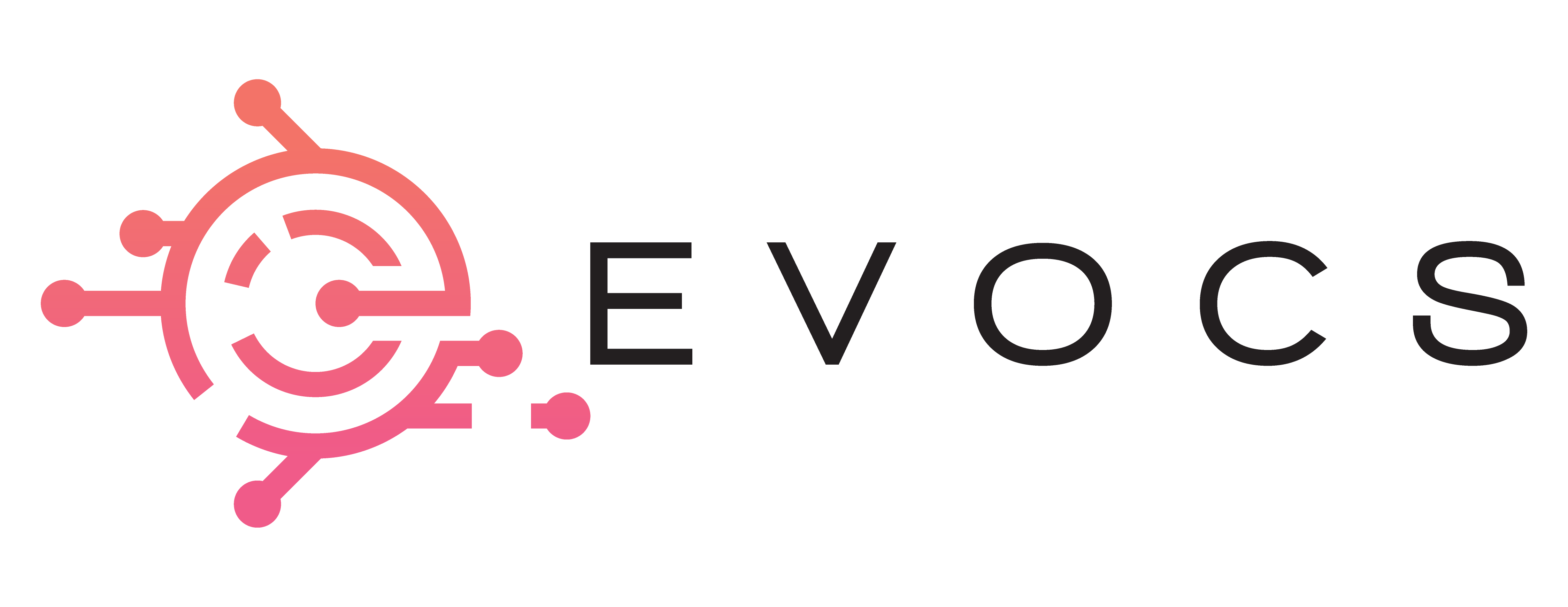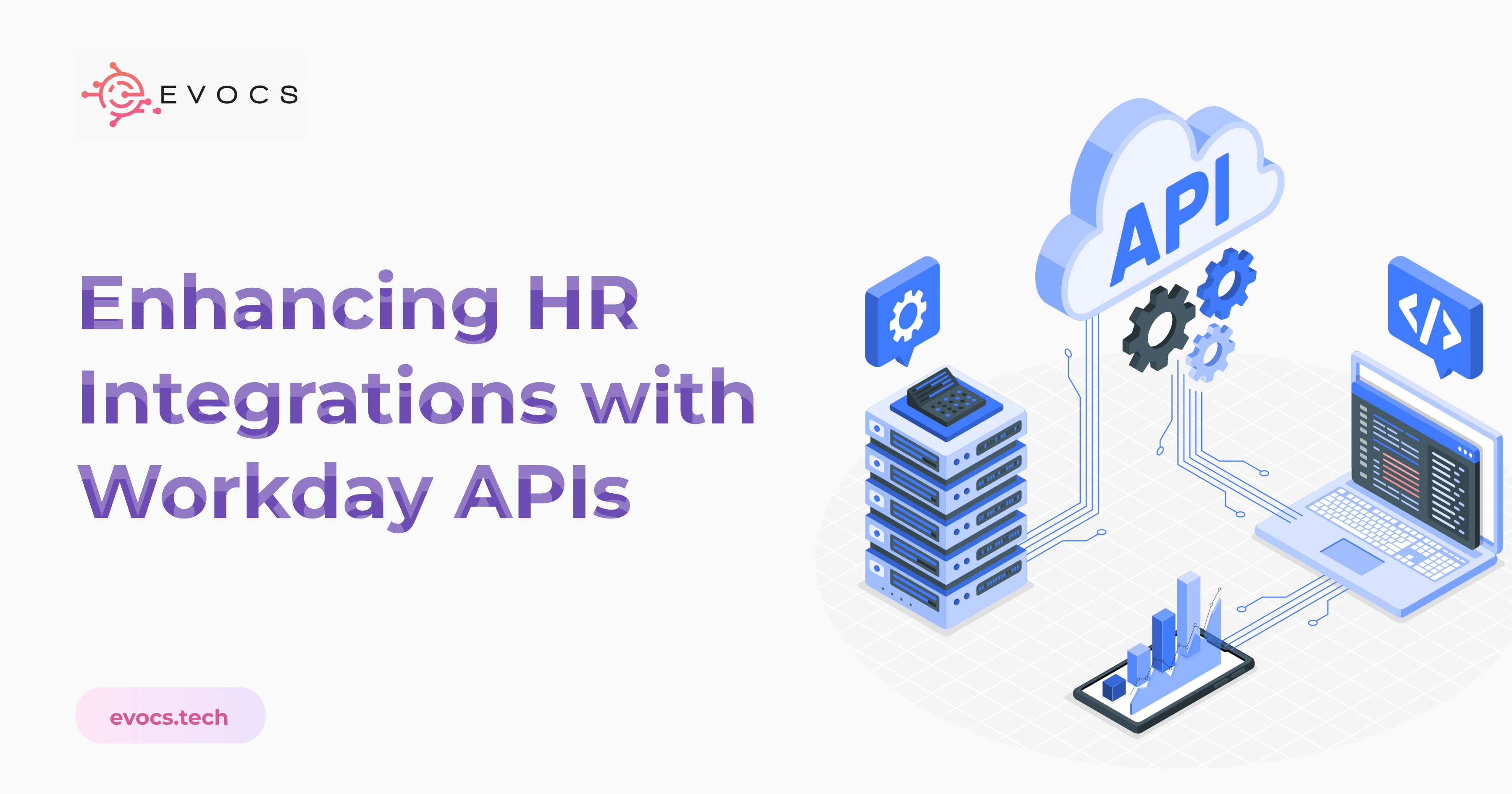

Workday APIs and Authentication
Workday’s Application Programming Interfaces (APIs) offer a powerful way for businesses to integrate their HR processes with external systems. In this blog post, we’ll explore the various Workday APIs and the authentication techniques that ensure a successful and secure data exchange.
Understanding Workday APIs
API stands for Application Programming Interface. In simple terms, APIs allow different applications to communicate with each other. Workday APIs consist of a set of web services that enable businesses to connect Workday HR management with their other applications. Workday offers a wide range of APIs, including SOAP and REST APIs, allowing businesses to create custom applications.
Real-life Use Cases of Workday APIs
Before diving into technical details, let’s explore some real-life scenarios to demonstrate how Workday APIs can be used in practice:
- Employee Discounts: Imagine a retail store offering a 5% discount for all its employees. When an employee tries to claim the discount at the billing counter, the system sends a REST request to Workday to verify the employee’s eligibility. This lightweight transaction is carried out using REST API.
- Learning Management Systems: Suppose your organization uses a learning management system (LMS) for employee training. You want to create calendar events for employees when they enroll in a course. In this case, the SOAP API can be used to perform the task with minimal coding.
But wait a minute… how is this possible?
How Do Workday APIs Work?
Workday APIs follow a standard request/response model, where a client application sends a request to the server, and the server responds with the desired information. Workday APIs use standard authentication and authorization mechanisms, including OAuth 2.0, to ensure secure data exchange.
Workday also offers a metadata API, which allows businesses to discover available APIs and their schemas. Documentation for SOAP-based web services, including WSDL and XML Schemas, can be found on the Workday website here.
To test the web services, you can use SOAP UI, a free tool for testing web services, after downloading the WSDL.
Note: You’ll need an account in a Workday tenant with proper authorizations to extract data from or send data to Workday.
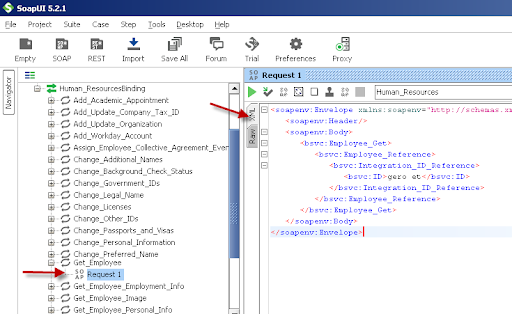
Authentication: Ensuring Secure Data Exchange with Workday APIs
Workday supports both SOAP and REST API technology standards. SOAP (Simple Object Access Protocol) and REST (Representational State Transfer) are web service architectures that facilitate communication between different software systems. However, there are some key differences between the two.
SOAP is a protocol for exchanging XML-based messages over a network using HTTP, SMTP, or other application-level protocols. It heavily relies on XML and WSDL (Web Services Description Language) for communication and is typically used in enterprise environments. SOAP offers more comprehensive security and transaction features than REST, making it better suited for complex business transactions. Workday supports Basic, SAML, X509, and OAuth authentication methods for SOAP.
Example of Data Exchange using SOAP protocols
A Simple Example is shown below which is a snippet from a Workday Studio Integration which collects Candidate Data from Greenhouse (Recruiting System) and initiates Hiring in Workday.

The picture above demonstrates Workday’s ability to call web services of third party applications, as well as web services hosted in Workday using Workday’s Integration Framework.
REST, conversely, is an architectural style that uses HTTP methods like GET, POST, PUT, and DELETE to interact with resources. REST is simpler and more flexible than SOAP, making it easier to implement and maintain. Workday supports OAuth authentication for REST.
API Clients will need to be created in Workday for any application to be able to collect/post data from Workday using REST protocols. API Clients are created as below and all the controls for the tokens, functional areas and restrictions based on IP addresses can be configured as shown in the screenshot below.
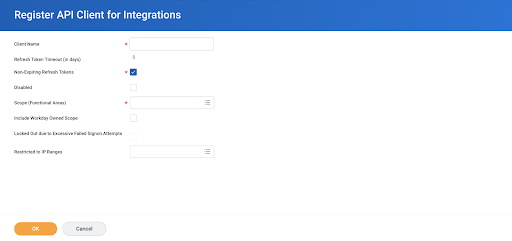
Below is a table explaining different authentication mechanisms that Workday provides for data exchange using SOAP/REST.
Authentication Method | SOAP | REST | How is User Identity Validated |
Basic | Yes | Username and Password | |
SAML | Yes | SAML Assertion containing Username | |
X509 | Yes | Username and X509 Certificate | |
OAuth | Yes | Yes | Access Token based on OAuth grant type |
Conclusion
Workday APIs empower businesses to integrate their HR processes with external systems, streamlining operations, reducing manual effort and errors, and improving data accuracy. Additionally, Workday APIs offer the flexibility to build custom applications tailored to specific needs. By leveraging Workday APIs, businesses can enhance their HR processes, cut HR costs, and remain competitive in today’s fast-paced business environment. So, get your APIs talking and let them handle the heavy lifting.
